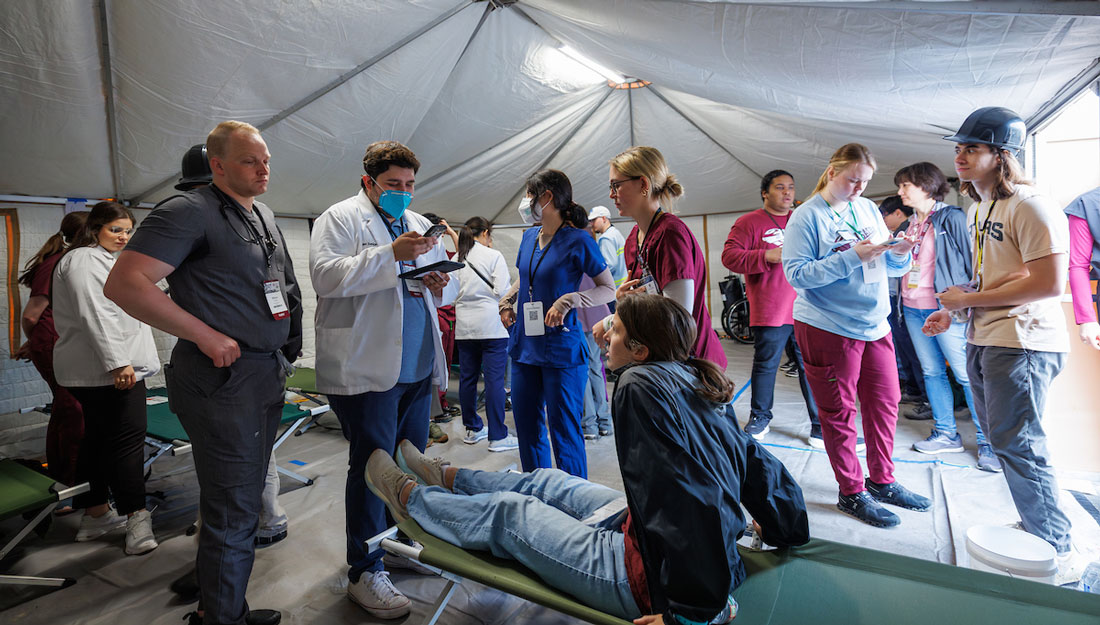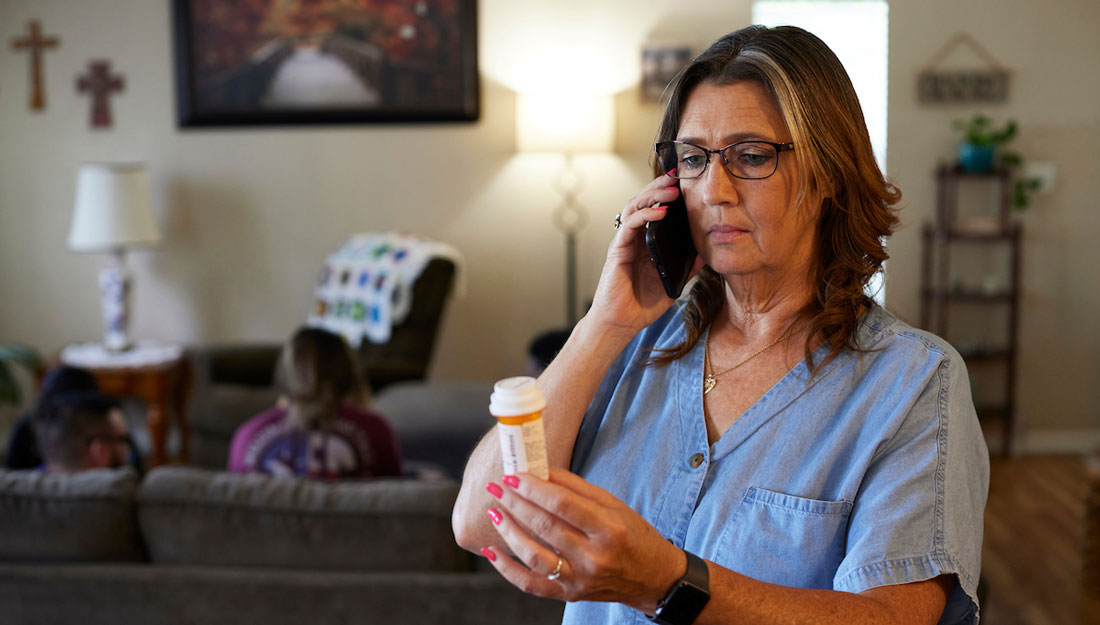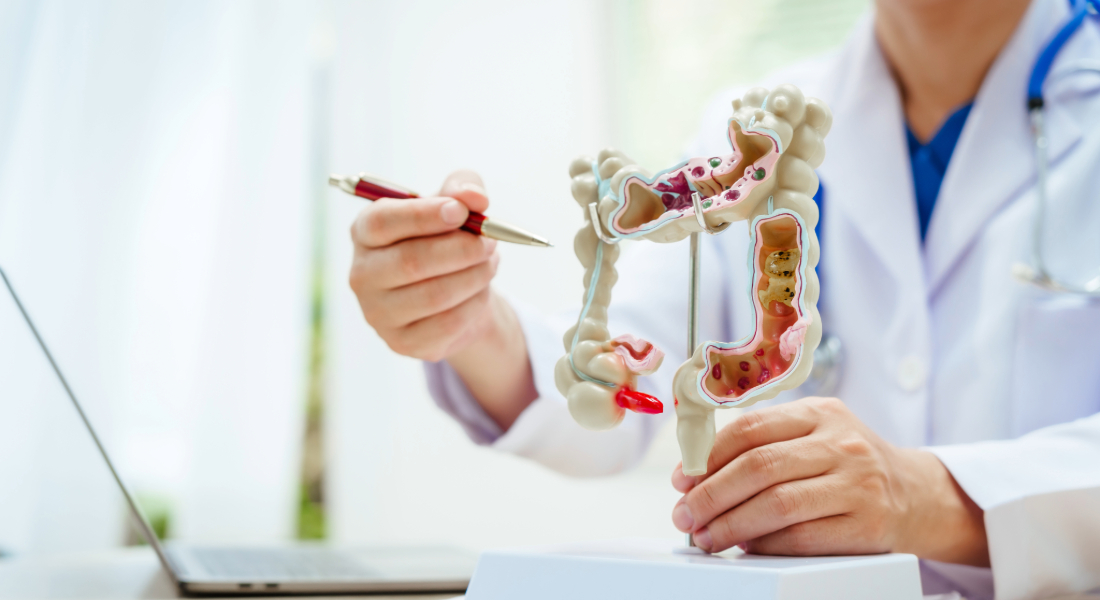BCD researcher committed to solving mystery of extra teeth
(DALLAS) — Dr. Rena D’Souza, professor and chair of biomedical sciences at the Texas A&M Health Science Center Baylor College of Dentistry, received continued funding from the National Institutes of Health for her research titled, “Regulation of Runx2 Function by Twist-1 in Tooth Development.”
This major grant will continue through 2010 and support studies that have been ongoing in Dr. D’Souza’s laboratories for several years.
“As a dentist, I have always been intrigued by clinical problems that cannot be easily explained and that are quite debilitating to the patient,” Dr. D’Souza said. “This research can be applied to new approaches in tooth bioengineering that will utilize dental stem cells that exist in deciduous (baby) teeth and third molars (wisdom teeth).”
With her ongoing research, Dr. D’Souza seeks to explain the cause of an extra set of teeth that forms in patients with cleidocranial dysplasia. CCD is an inherited condition that causes various skeletal defects in addition to the formation of extra teeth and is caused by mutations of a gene called Runx2.
Dr. D’Souza’s laboratory studies show Runx2 is involved in determining the fate of the dental lamina, a layer of cells that gives rise to tooth organs. In its absence, genes that normally cause programmed cell death are deregulated, which may account for the continued proliferation of the dental lamina and the presence of extra teeth.
“As we continue to peel each layer of the onion in solving this mystery, we have uncovered other roles for Runx2 in the control of tooth eruption and in pulpal homeostasis,” Dr. D’Souza said. “Each of these findings raises another generation of exciting questions for the future, and my research group is pursuing each with much interest.”
As for the clinical implications of her research within the practice of dentistry, Dr. D’Souza explains that a greater understanding of the mechanisms that either contribute to the failure of teeth to form or to the presence of an extra layer of teeth can be invaluable for the bioengineering of tooth implants in the future.
“Knowing that Runx2 is the causative gene for CCD allows us to genetically screen patients who report with early symptoms of the disorder,” Dr. D’Souza said. “This allows dentists and physicians to provide early preventive and interventive treatment strategies.”
Founded in 1905, Baylor College of Dentistry at Dallas is a component of the Texas A&M Health Science Center. BCD is a nationally recognized center for oral health sciences education, research, specialized patient care and continuing dental education.
The Texas A&M Health Science Center provides the state with health education, outreach and research. Its six components located in communities throughout Texas are Baylor College of Dentistry, the College of Medicine, the Graduate School of Biomedical Sciences, the Institute of Biosciences and Technology, the Irma Lerma Rangel College of Pharmacy, and the School of Rural Public Health.
Media contact: media@tamu.edu


